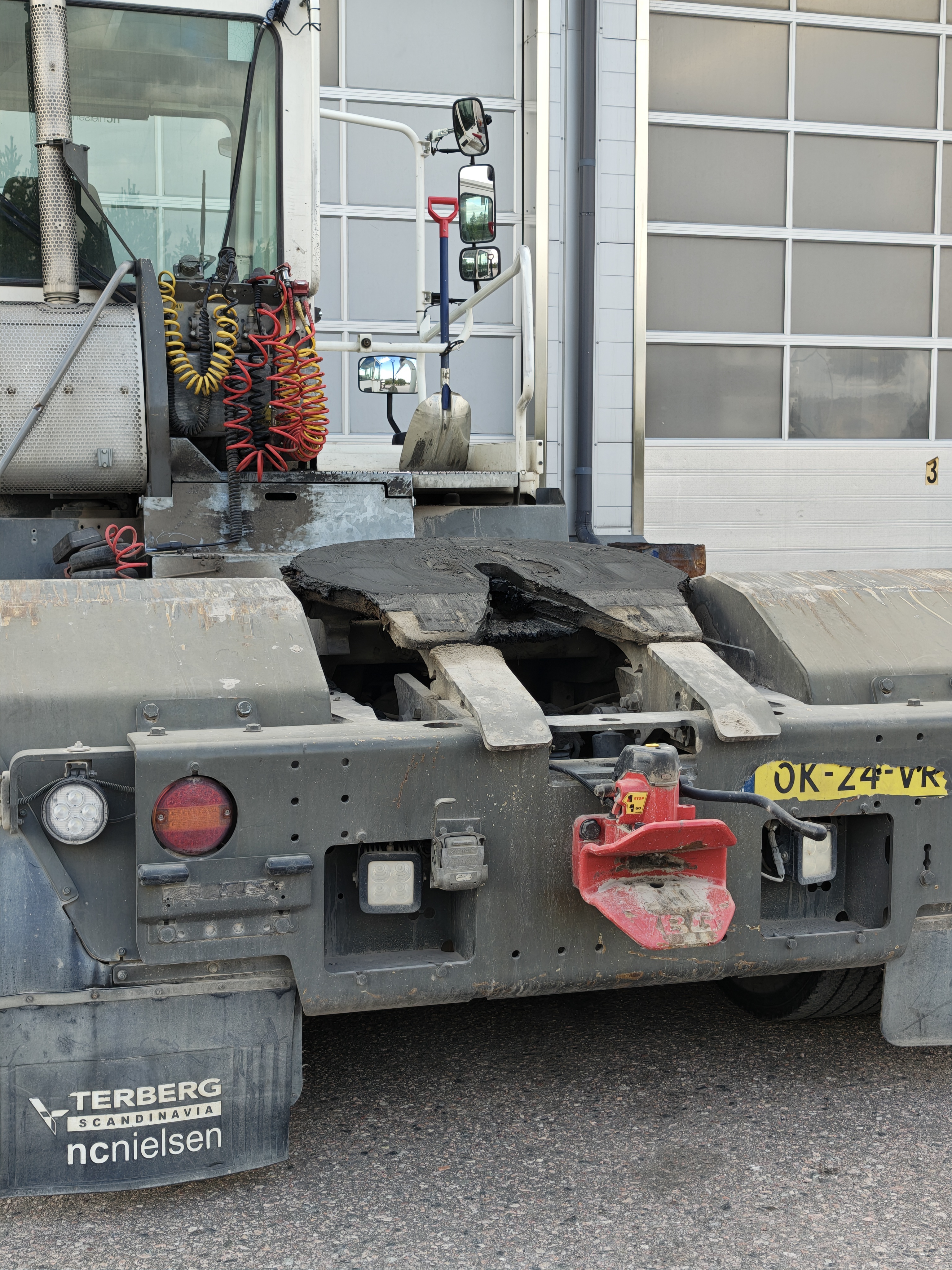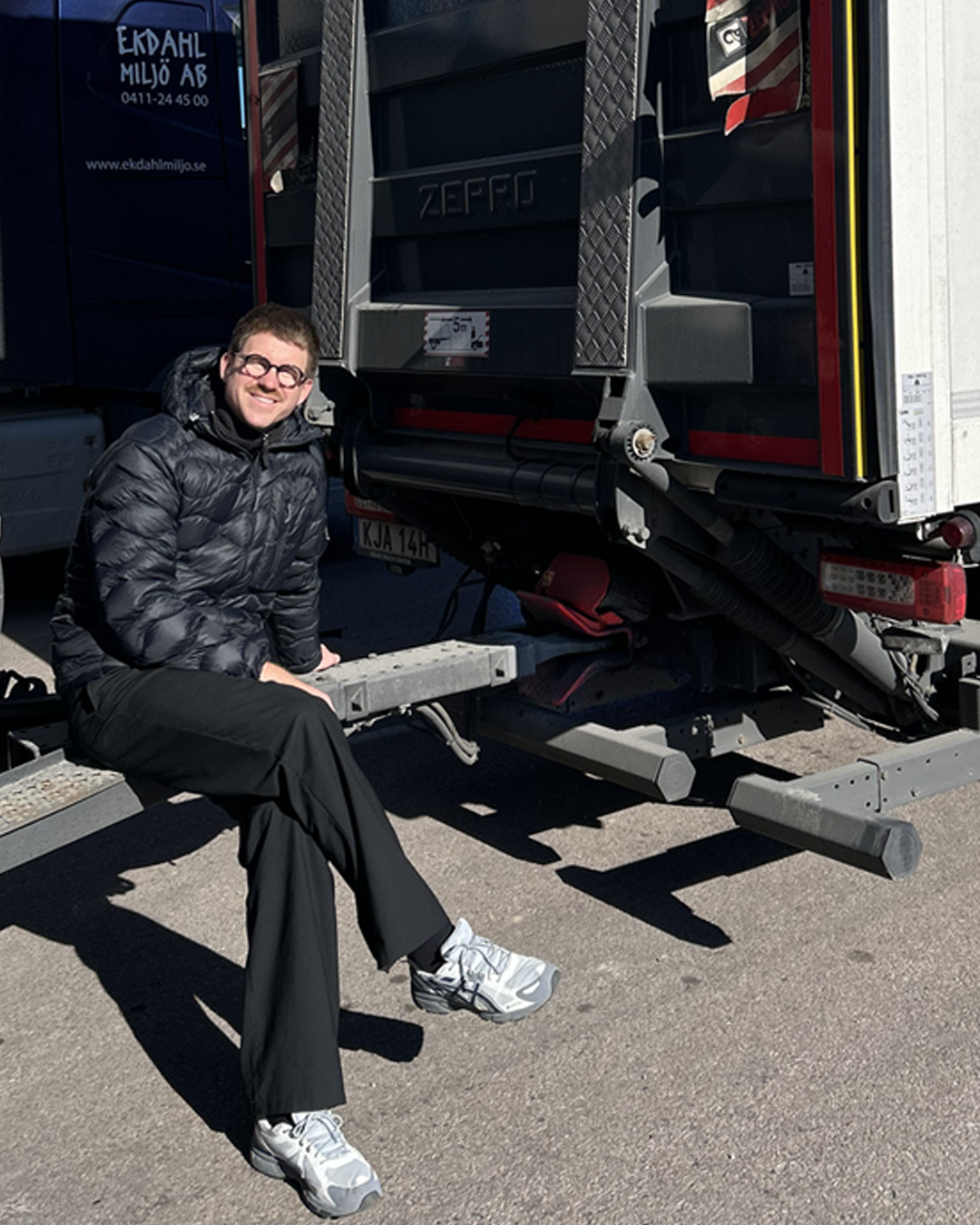Feel Good as a Professional Driver
We all know how we should live to feel good and perform well. A healthy diet, exercise, and rest are things that will not only ensure you thrive at work, but also in everyday life. Read on for some basic tips for all drivers to feel better both at work and after the workday.
GET PROPER SLEEP TO DRIVE BETTER
“Well-rested drivers, who have learned to sleep properly, drive about 10 percent more miles each week.” But how should you sleep to sleep as well as possible during your rest times? According to research, the important thing is to achieve deep sleep, which occurs about 30 minutes after falling asleep. It is during this stage of sleep that our bodies recuperate best. Blood pressure is lowered, heart rate and respiratory rate decrease, muscles relax, and we sleep heavily. This essential part of the sleep cycle lasts 30 to 90 minutes, after which your brain slowly starts waking up. The last part of the sleep cycle is called REM sleep, and it is during this phase that the brain is more active and we perceive that we are dreaming. REM stands for rapid eye movement. Learning to sleep properly and understanding the sleep cycle can help you wake up feeling refreshed, which will help you to perform better. Something that contributes to better deep sleep is exercise, or making sure you compensate for a lack of deep sleep with a nap. “A midday nap is an effective way to replace lost sleep (a 20-minute nap can compensate for 1-1.5 hours of lost night-time sleep).”
The EU has common rules on driving and rest times for road transport with vehicles or vehicle combinations with a total weight exceeding 3.5 tonnes. The purpose of the regulations is to harmonise conditions of competition, and to improve working conditions and road safety in the EU.

MANY BENEFITS OF PACKED MEALS
When describing the best part of being a truck driver, many drivers use the word ‘freedom’, but with freedom also comes challenges. Challenges that involve our basic needs, such as healthy eating and sleeping.
As a truck driver, it is convenient to eat fast food because that is what’s usually available along roads that are easily accessible by truck. Although there may be healthy alternatives, it is tempting to choose what the body is craving – typically readily available carbohydrates if there are long periods between meals. But a smart choice is to have packed meals in the driver’s cab that can be heated in your food warmer or microwave. This will help you to make sure you eat what your body needs and that you have control over mealtimes. You have a lot to gain from making a habit out of bringing packed meals and maybe also something to snack on during your shift: more even blood sugar levels, reduced cravings for fast food (carbohydrates), and it will be easier to maintain a healthy weight. Evenly distributed meals can help ensure that you stay focused and have energy during your shift. You can also choose to stop over in nicer surroundings than a parking lot near an inn or fast-food restaurant. Maybe your next lunch stop will be with a packed lunch in a beautiful nature area in which you can also take a walk after your meal? If so, you increase your chances of feeling better in the cab.
Want more tips on how to feel better in the cab?
Recommended reading

The transition enters its next phase – Future outlook 2026

Field tested reliability - VBG shunting coupling at Raskaspari Trailer Service Oy

